Star Trek: Picard marks a new milestone in the journey of the saga conceived by Gene Roddenberry, and promises to be one of the most loved series, if not the most followed.
I can't wait to see what the good Jean Luc Picard will do on Amazon Prime Video, to read the reviews seems like an unmissable series. As a refresher, let's be proud of 5 Star Trek technologies that ended up in our present - they will soon be in our future.
The replicator
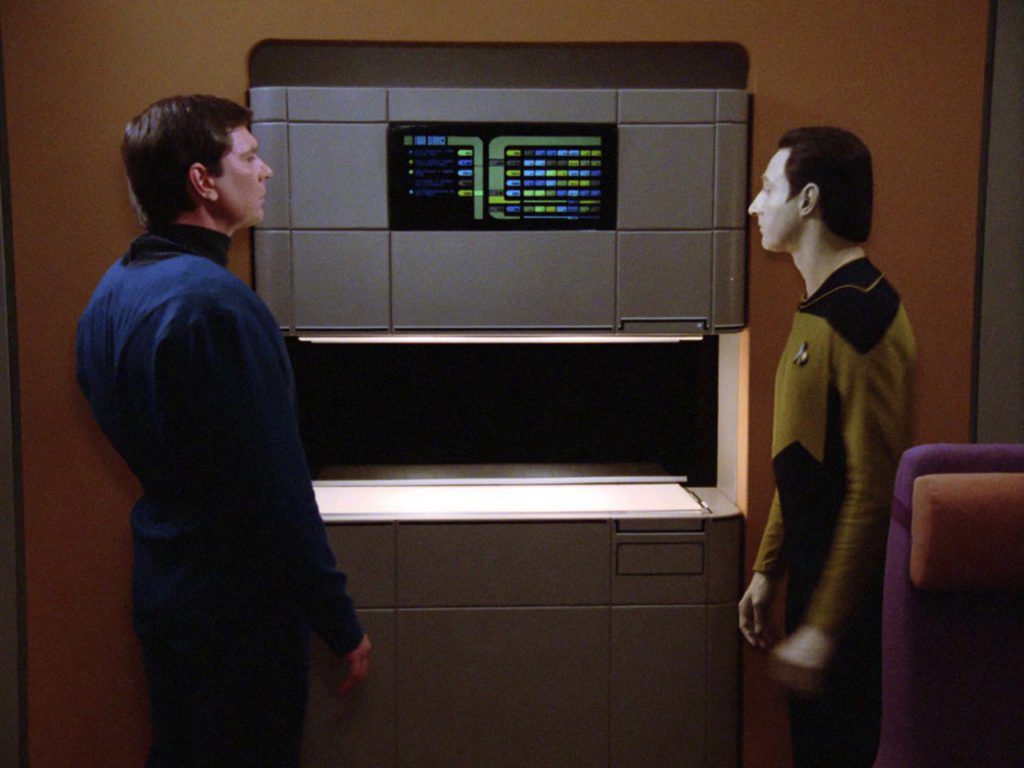
Star Trek, year 2367: no need for coffee on the USS Enterprise (I obviously mean NCC-1701-D). On the mythical spaceship, that of Captain Picard, food and drinks can materialize thanks to the wonders of science.
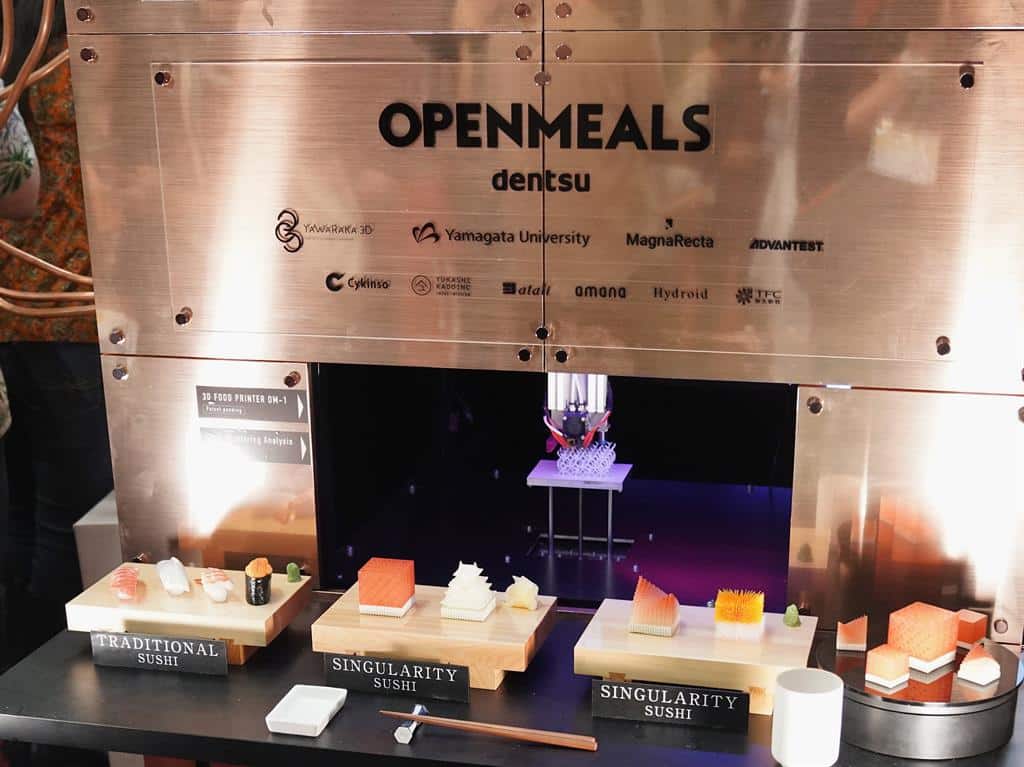
Real life, year 2020: in these parts, food is neither born out of thin air nor modified at the molecular level. But we have a contraption that looking at it looks like a replicator. Since 2009, when Dutch company Fllow unveiled a printer called Focus that can extract food and form 3D dishes, other manufacturers have come into play. The industry leaders are called ChefJet of 3D Systems and Foodini of Food Machines. 3D printed foods have not yet reached restaurants. Things may start to change this year with the advent of printed sushi at Sushi Singularity in Tokyo.
The development comes from Open Meals, the company that brought 3D printed sushi to 2018 with a process called “sushi teleportation.” It has since developed its 3D cell-cultured tuna cubes and others into hyper-personalized on-demand dishes that incorporate biometric data collected from DNA, urine and gut tests. Hmmm. It doesn't sound that appetizing to me.
On the meat side, however, we have novameat, based in Spain, and the Israeli start-up Redefine Meat. Both use a printer to build chicken and chicken products, with capsules containing raw ingredients of rice protein or lab-grown meat. A kind of Nespresso for meat. Both companies enter the British restaurant market. We may see consumer-focused machines in supermarkets starting in 2022.
The Tricorder
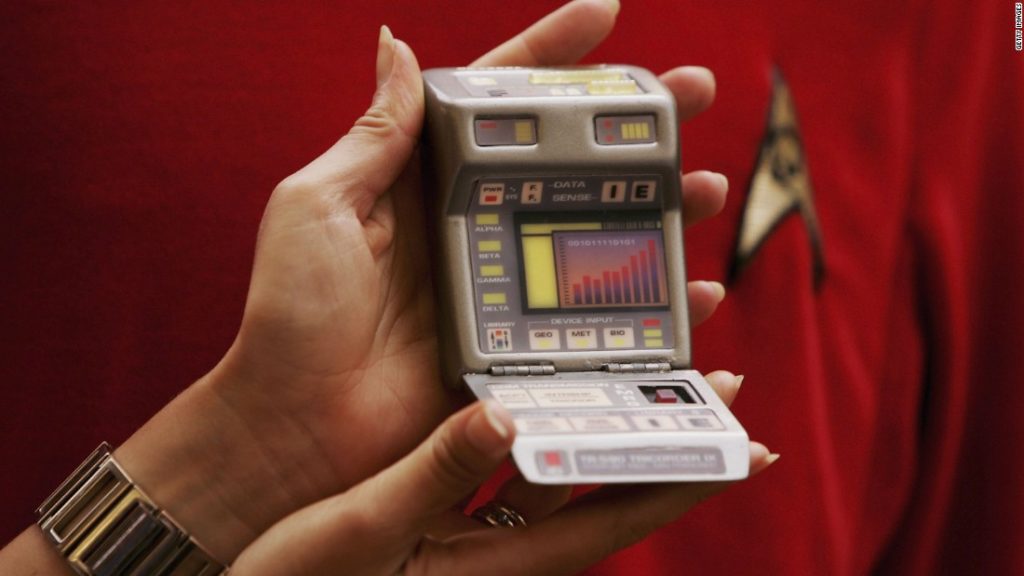
Star Trek, year 2245: The medical tricorder is Dr.'s flagship gadget. Leonard McCoy on the Enterprise led by Captain James T. Kirk. The small device that fits in the palm of your hand can instantly diagnose many diseases and disorders in humans (and beyond). Later, on Picard's ship, the device has been miniaturized and gained functions, but the goal is the same.
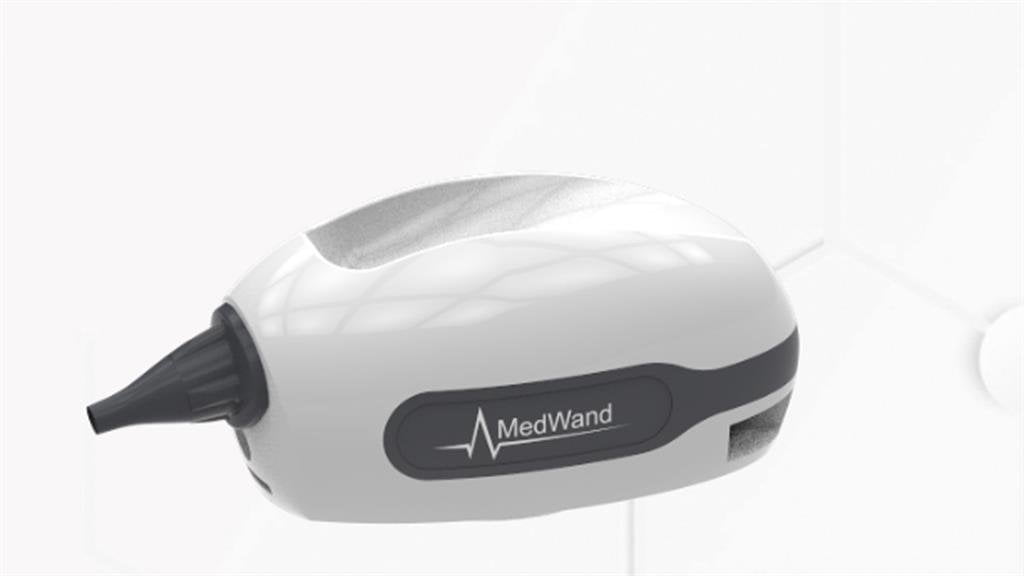
Real life, year 2020: the concept of a non-invasive diagnostic tool is a holy grail for doctors, but for astronauts it is no longer just science fiction. NASA uses a handheld body scan device called locad (Lab-On-a-Chip-Application Development) to detect unwanted microorganisms such as E. coli, fungi and salmonella on the International Space Station.
For us left here on earth there are the devices presented at the recent CES 2020 and available from mid-2020. MedWand combines telemedicine with portable assessment, allowing doctors to carry out remote and real-time checks anywhere in the world. Just simply hold the device on your chest and it will listen to your heart or lungs. You pass it on your forehead and it will take your temperature. Also measure the oxygen levels in the blood.
Again: MIT scientists are working on a vaccine patch that incorporates invisible microscopic nanocrystals with information useful to healthcare workers. Key biometric notes: In countries where health records are unreliable, they can save lives by speeding up medical operations and avoiding misunderstandings. The inventor of the solution, Ana Jaklenec, said she was inspired by Mr. Spock.
Universal translator

Star Trek, year 2151: was born as a means to unite the world and cement Starfleet's multilingual crews. Over time it has allowed us to understand even what the inhabitants of other planets say. The device, in use since the first Enterprise NX-01, translates every language into English and Picard often uses it for his diplomatic tirades, which are indeed the best in the series.
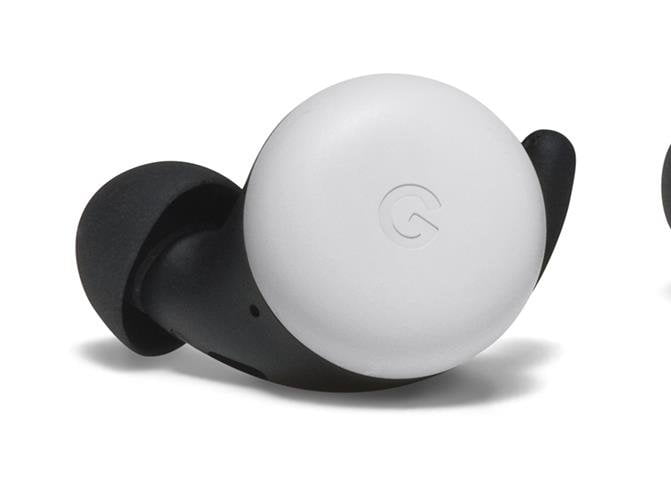
Real life, year 2020: thanks to voice recognition, speech synthesis and machine learning, we are gradually getting closer to "speaking" a single universal language. Google is at the forefront: in 2019 it implemented real-time translations from 14 languages with Google Lens. But it is on Pixel Buds 2 (which will arrive later this year) that simultaneous translation will be perfect.
Challenging Google for technology similar to that of the Star Trek translator is Waverly Labs. The Brooklyn-based company has been working on translation earphones since 2014. Its latest effort is the Ambassador, which will launch in the US in the spring. The device can detect up to 20 languages and translate them into text (which also appears on a smartphone app), which is repeated in the wearer's ear.
The holodeck
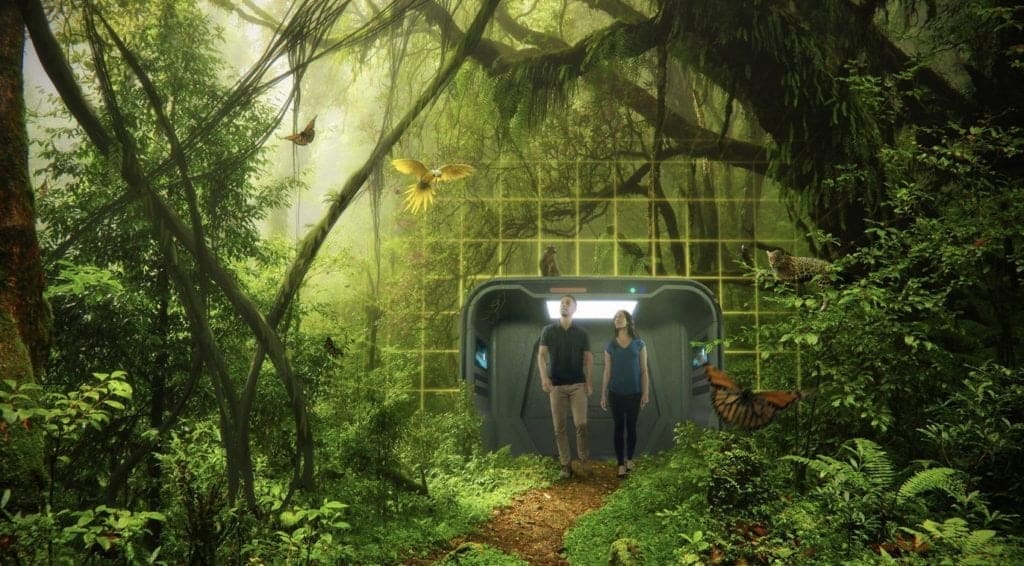
Star Trek, year 2364: the holodeck (Holodeck for purists) offers Starfleet members the chance to explore virtual reality environments. Represents historical areas, trains for combat, keeps in shape. Not all starships have one: the USS Defiant, for example, does not have one. The Enterprise-D, on the other hand, has 7. This is why everyone is so toned and trained despite the sedentary nature of the journey: it's nice to have a Captain like Picard, handsome, wiry and athletic.
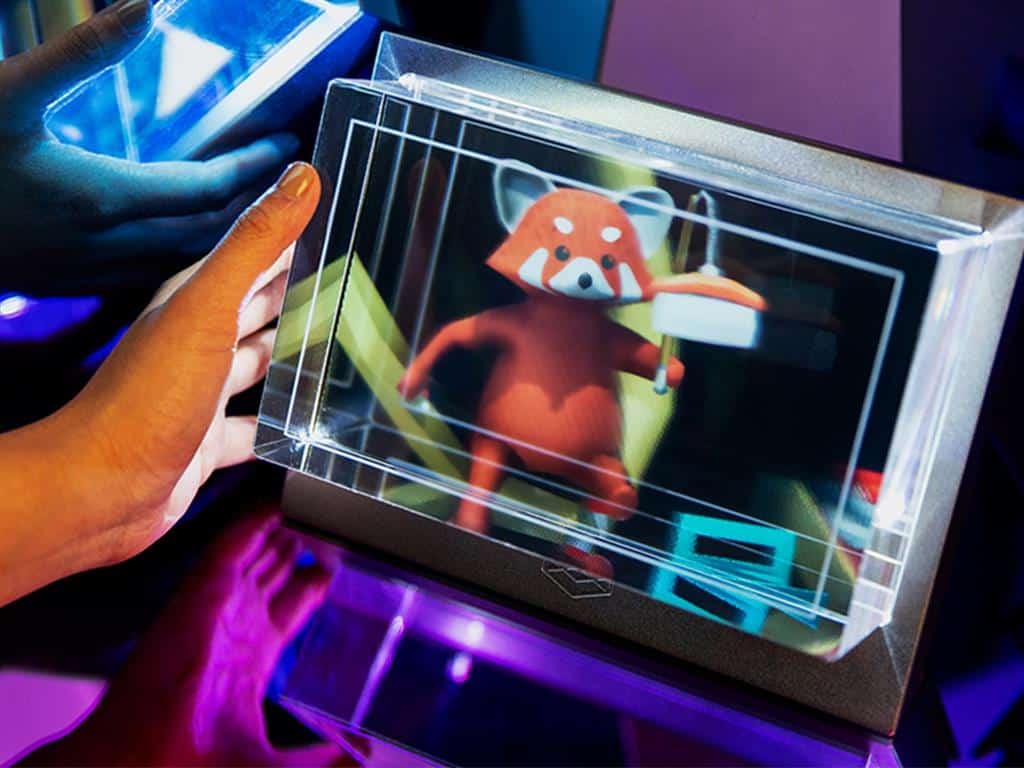
Real life, year 2020: we are at the very first steps towards 3D holographic imaging without the aid of VR or AR equipment.
Announced in 2018, Looking Glass it is billed as “the world's best-selling holographic display”. It has since been updated to a thinner 8K screen model that boasts 33,2 million pixels and a 45-element light field, which combine to produce an animated holographic effect. Start-up Looking Glass Factory is exploring consumer applications such as video chat.
Parallel to this: the “artificial humans” project samsung neon creates digital avatars, with the most human AI ever, capable of holding conversations and showing emotions. Presented at CES 2020 as a sort of “new form of life”, the technology will likely be used to create virtual concierges and receptionists. One day, however, it could also lead to independent holograms like "the doctor" of the USS Voyager.
English VividQ it updated its holographic technology just this year. VividQ software could translate video calls into holographic projections.
Concealment
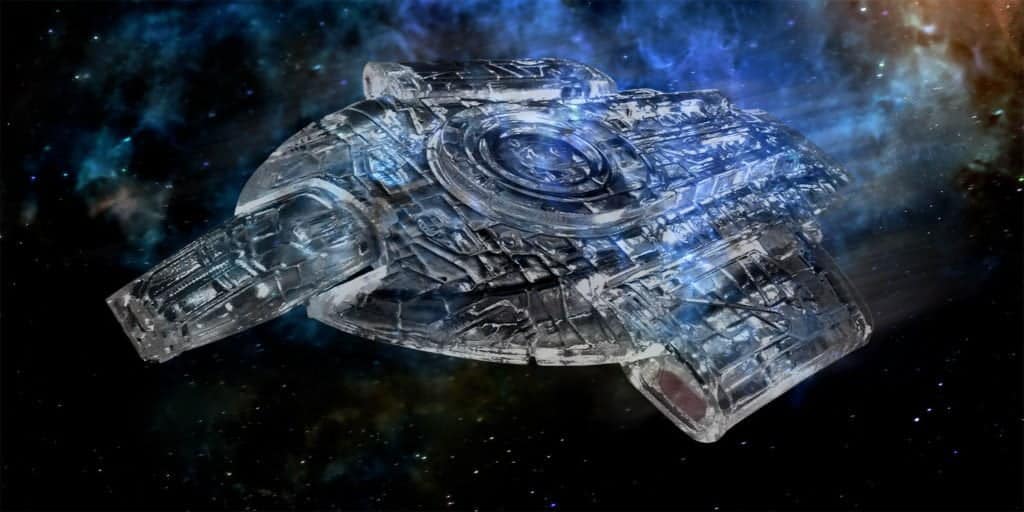
Star Trek, year 2286: the technology used to bend light and make a starship invisible is a mainstay of Starfleet. Blessed be the Romulans: what else would we do with those stinking Klingons? Excluding Worf, of course.
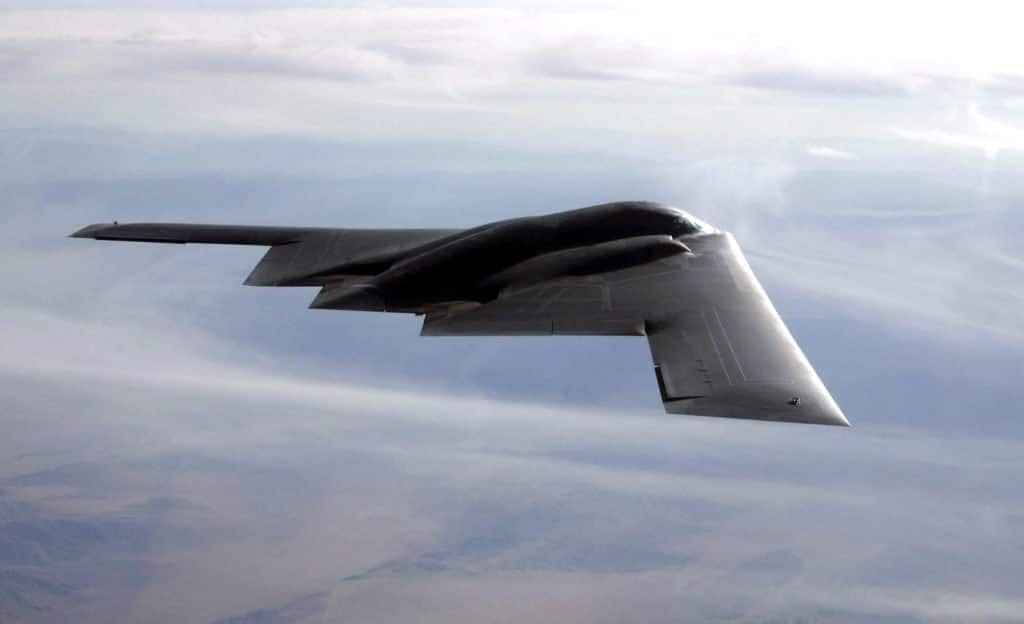
Real life, year 2020: the benefits of cloaking have been evident on Earth since 1988, when the USA launched the B2 Spirit Stealth. The bomber has a feature that allows radar signals to bounce off in different directions, making the aircraft undetectable by hostile forces.
In short, now there are military tech companies like the to play the charge Hyperstealth Biotechnology. Last year applied for the Quantum Stealth patent, a material that bends light around a lens, leaving only the background visible. Imagine a troop of soldiers all wearing Harry Potter's invisibility cloak, and you'll have more or less an idea what it's about.
Phaser

Star Trek, year 2233: nothing more common or widespread. Starting with the USS Kelvin, the phaser is the main directed energy weapon, you can find it practically everywhere. In carry guns or starships, there is nothing that can't be roasted by those deadly rays. Picard and the others can take down enemies from a distance without even dirtying their gloves, if they wear them.
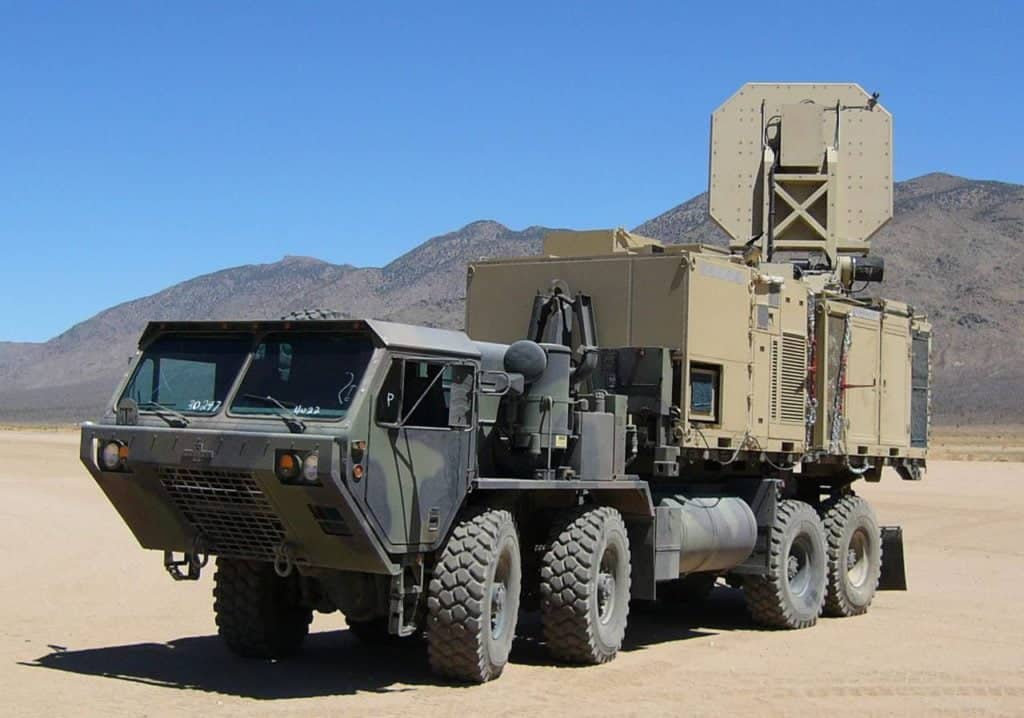
Real life, year 2020: the United States Department of Defense developed theActive Denial System (ADS), a non-lethal crowd control weapon that targets subjects' skin by heating it. Created for the war in Afghanistan, it has never been deployed in combat, but I would bet that there will be some uproar sooner or later.
hypo

Star Trek, year 2150: Hypospray is a non-injection drug delivery system with which you can cure a patient faster than say “damn, Jim”. From the first models seen on lower class ships to the most advanced ones (the one you see in the photo is from 2360), Hypospray is a guarantee of hygiene and quality.

Real life, year 2020: here we are, huh. At MIT they produced Prime, a needle-free jet syringe capable of injecting an ultra-thin stream of liquid (we are talking about streams thinner than a strand of hair) through the skin at a speed of Mach 0.7.
Communicator

Star Trek, year 2151: subspace frequencies are “invaded” with signals. Everyone can communicate with each other using this handy device that locates the colleague to talk to with voice commands, or allows you to talk to the central computer. And I won't tell you when it was integrated directly into the uniform, with a very convenient pin. Picard's bullshit reaches us everywhere.

Real life, year 2020: just press a button on the Vocera medical transmitter, say the name of a person you want to reach and Vocera will locate them. The company says the device reduces roaming staff responses from two minutes to nine seconds.


